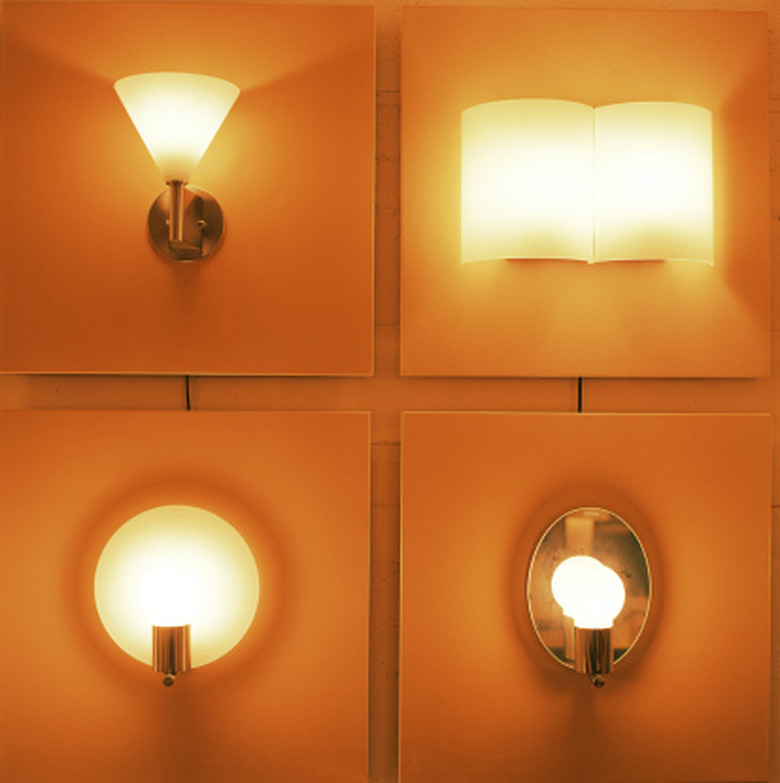Lumens Vs. Wattage Vs. Candlepower
Although frequently confused with one another, the terms lumens, wattage and candlepower all refer to different aspects of measuring light. Light may be measured by the amount of power being consumed, the total amount of light produced by the source, the concentration of the light emitted and the amount of surface area illuminated.
Wattage
Wattage
Unlike the other terms, wattage refers not to the amount or quality of light emitted, but rather to the amount of electrical energy poured into the light source. A watt is a unit of measurement for gauging energy consumption. Because some light sources consume energy more efficiently than others, wattage does not always correlate directly to the amount of light produced. To compare the energy efficiency of two light sources, look instead at each one's lumens-per-watt performance, or how much light is produced for each watt of energy the light source consumes.
Lumen
Lumen
A lumen is a unit of measurement gauging how much total light a device or bulb produces, regardless of beam focus. Even if two different light sources produce the same lumen measurement, one may dimly light most of a room, while the other may brightly light only a few square feet or even a few square inches.
Candlepower
Candlepower
Candlepower measures the concentration, or intensity, of a beam of light emanating from a source in a particular direction. Each light source produces a cone shape of light. The narrower the cone is, the more concentrated the light beam, and the higher the candlepower. A laser beam, for example, would emit high candlepower and produce a very narrow cone, but it probably would register a relatively low lumen measurement, or total light produced. Candlepower is measured in units called candelas.
Footcandle
Footcandle
Footcandles measure light quantity as it falls on a surface, illuminating it. One footcandle equals one lumen per square foot. Lux and phots, two other lighting terms, are the metric variation of footcandles, indicating how much light, in lumens, falls on a square meter of surface and a square centimeter of surface, respectively. These measurements sometimes are used to indicate how many lamps might be necessary to light a particular room, based on its size and usage.
Cite This Article
MLA
Bishopp, Kristie. "Lumens Vs. Wattage Vs. Candlepower" sciencing.com, https://www.sciencing.com/lumens-vs-wattage-vs-candlepower-8664914/. 24 April 2017.
APA
Bishopp, Kristie. (2017, April 24). Lumens Vs. Wattage Vs. Candlepower. sciencing.com. Retrieved from https://www.sciencing.com/lumens-vs-wattage-vs-candlepower-8664914/
Chicago
Bishopp, Kristie. Lumens Vs. Wattage Vs. Candlepower last modified March 24, 2022. https://www.sciencing.com/lumens-vs-wattage-vs-candlepower-8664914/
